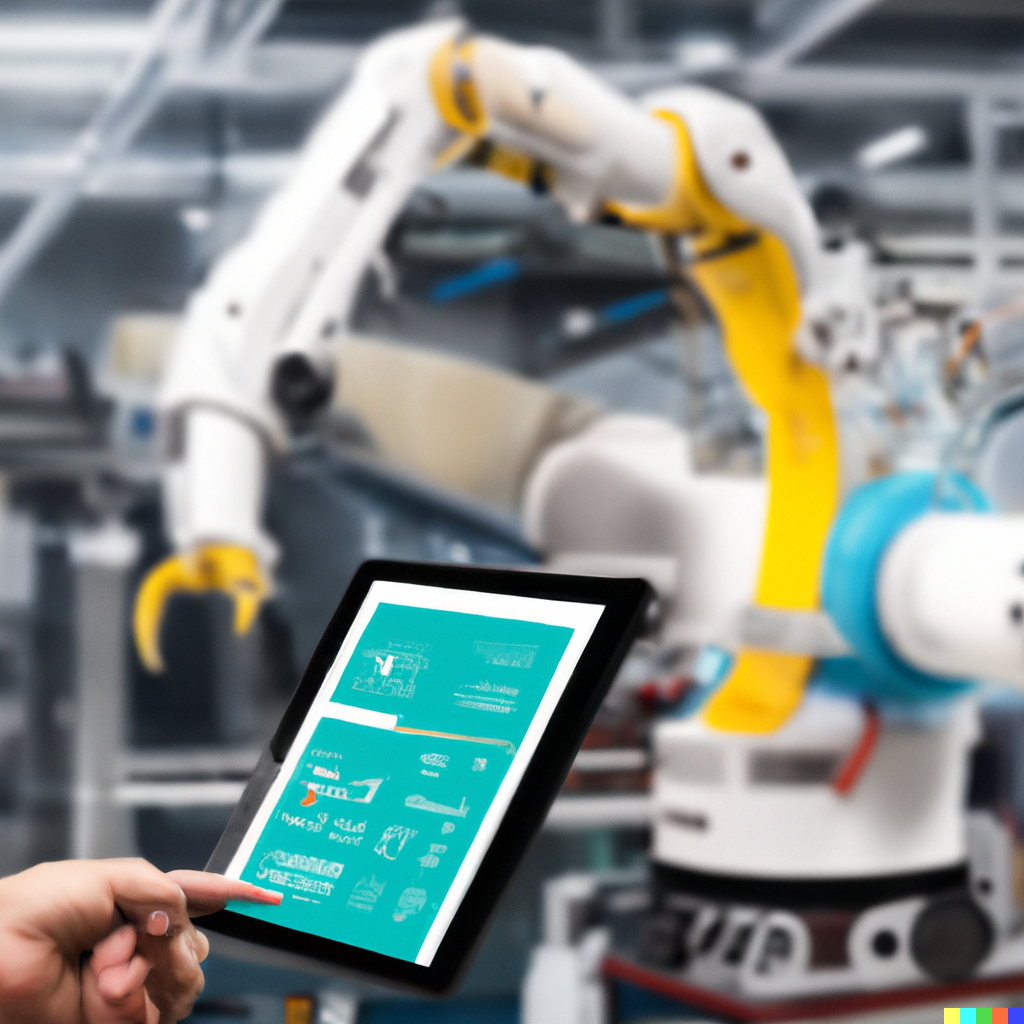October 24 | Manufacturing Technology ManuTech

In today’s rapidly evolving industrial landscape, Manufacturing Technology (ManuTech) is redefining how products are designed, produced, and delivered. From smart factories powered by artificial intelligence to precision robotics and digital twins, ManuTech is driving the next wave of industrial transformation — often referred to as Industry 4.0.
Manufacturing Technology, or ManuTech, refers to the integration of advanced technologies — such as automation, data analytics, robotics, and IoT — into manufacturing processes to improve productivity, efficiency, and quality. It’s about bridging the gap between traditional manufacturing and digital innovation.
At its core, ManuTech focuses on:
Automation isn’t new to manufacturing, but today’s robots are smarter, safer, and more adaptable than ever. Collaborative robots (cobots) work alongside humans, enhancing efficiency while maintaining safety. Automated guided vehicles (AGVs) streamline material handling, and robotic arms perform precision assembly with minimal error.
AI is transforming predictive maintenance, quality control, and process optimization. Machine learning models analyze data from sensors and production lines to predict equipment failures before they happen — saving millions in downtime and repair costs.
Through a network of connected sensors and devices, manufacturers gain real-time visibility into every stage of production. IIoT enables intelligent monitoring, remote operations, and improved decision-making based on accurate data insights.
3D printing has evolved from prototyping to full-scale production. It allows for rapid customization, waste reduction, and localized production, helping manufacturers respond quickly to market demands.
A digital twin is a virtual replica of a physical product, process, or system. It helps engineers simulate scenarios, detect inefficiencies, and optimize performance before implementing changes in the real world.
The next decade will see AI-driven autonomous factories, 5G-enabled machine communication, and quantum computing applications in manufacturing optimization. Human roles will shift from manual labor to strategic oversight, data analysis, and innovation management.
Manufacturers that embrace ManuTech today are not just improving operations — they are future-proofing their business for a digital-first industrial world.
Manufacturing Technology is no longer just about machines — it’s about intelligence, connectivity, and sustainability. Companies that leverage ManuTech’s full potential will lead the next industrial revolution, setting new benchmarks for productivity and innovation.
Keywords: Manufacturing Technology, ManuTech, Industry 4.0, Smart Manufacturing, Automation, Robotics, Artificial Intelligence, IIoT, Digital Twin, Additive Manufacturing, Sustainability
SHARE THIS:
© Copyright 2025Global Tech AwardsAll Rights Reserved